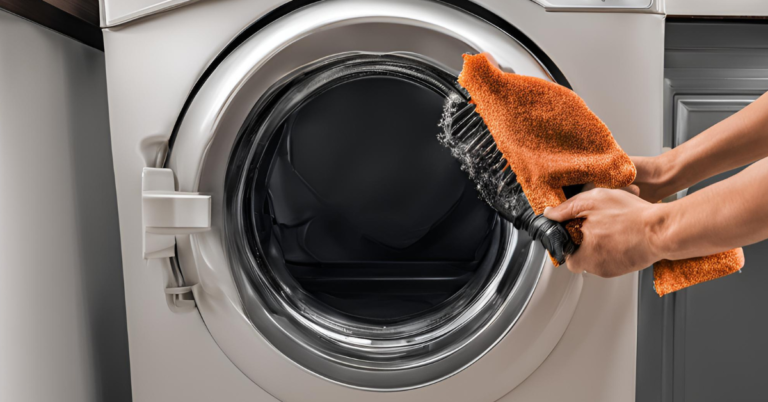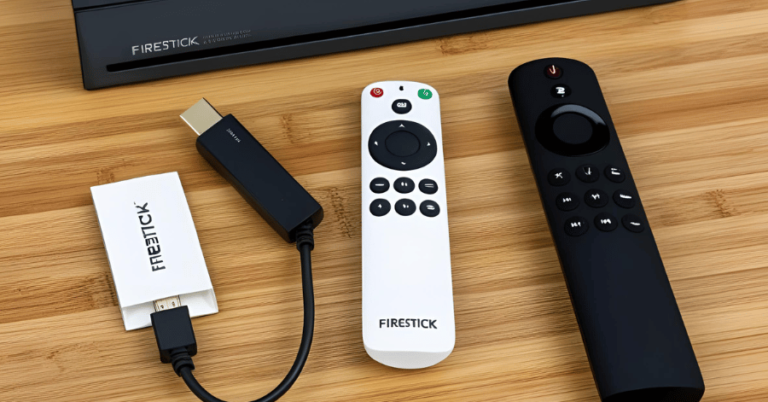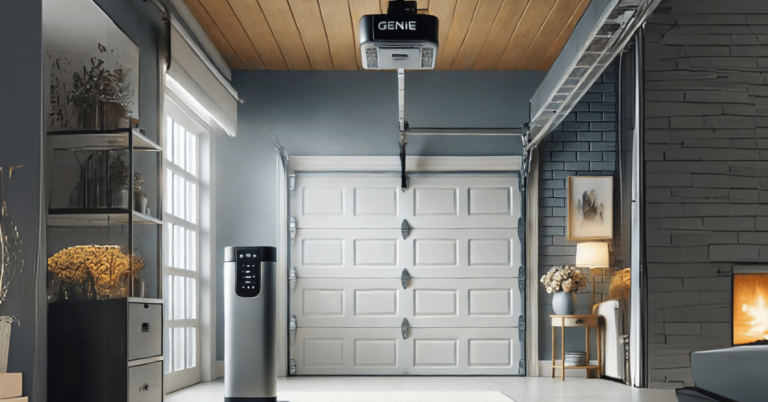Outdoor Heaters: The Ultimate Guide for Year-Round Comfort
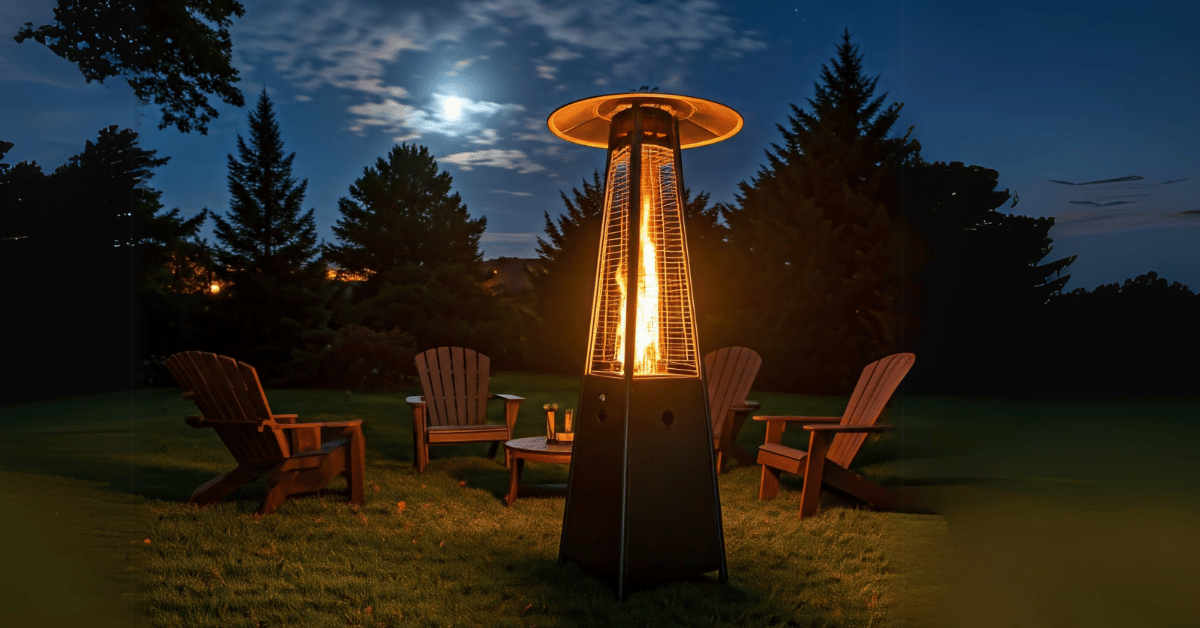
As the seasons change, the outdoors can become less inviting due to dropping temperatures, but that doesn’t mean you have to retreat indoors. With the right outdoor heater, you can enjoy your patio, deck, or backyard even during the colder months. Outdoor heaters are designed to provide warmth, comfort, and ambiance, making them a must-have for extending your time outside year-round.
In this detailed guide, we’ll walk you through everything you need to know about outdoor heaters. From the different types available to factors you should consider before purchasing, we’ll help you find the perfect outdoor heater to meet your needs.
Why You Should Consider an Outdoor Heater
Outdoor heaters have become increasingly popular, and for good reason. Whether you’re hosting a gathering, enjoying a quiet evening, or spending time with your family, a good outdoor heater can enhance the experience in several ways:
1. Extend Your Outdoor Living Season
By providing heat, outdoor heaters allow you to enjoy your outdoor spaces even when the weather is chilly. Whether it’s spring, fall, or winter, an outdoor heater will keep you warm, so you can continue enjoying your patio or backyard year-round.
2. Versatile and Portable
Outdoor heaters are designed to be versatile. Most models are portable, which means you can move them around to different areas of your yard or patio. Some are even lightweight enough to take with you on camping trips or outdoor events.
3. Increase Comfort
Nothing beats the cozy warmth of an outdoor heater when it’s cold outside. Whether you’re enjoying a cup of coffee or entertaining guests, an outdoor heater provides the extra comfort you need to stay warm and relaxed.
4. Aesthetic Appeal
Modern outdoor heaters come in a variety of designs and styles. Some feature sleek, stylish finishes that blend seamlessly with your outdoor decor, while others create a focal point with attractive, ambient lighting.
5. Cost-Effective
Many outdoor heaters are surprisingly energy-efficient, allowing you to enjoy warmth without a huge increase in your utility bills. With energy-efficient models, you can get more out of your heater while minimizing energy consumption.
Types of Outdoor Heaters
When choosing an outdoor heater, you’ll find a wide range of models with different features and heat sources. Below are the most common types of outdoor heaters:
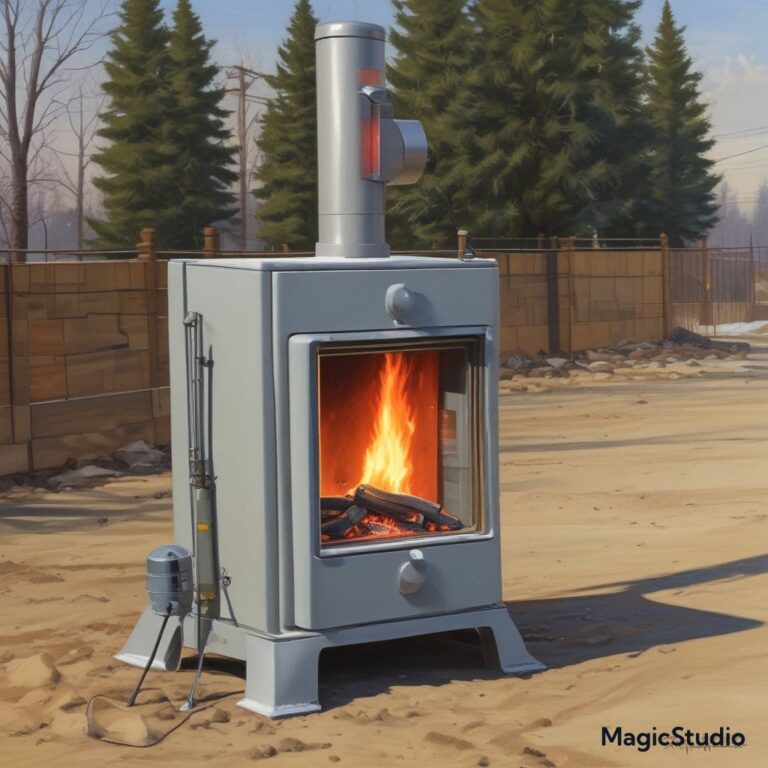
1. Electric Outdoor Heaters
Electric outdoor heaters are among the most popular choices for outdoor spaces. They work by using electricity to generate heat, which is then distributed via a heating element. These heaters are ideal for smaller outdoor areas, as they don’t produce as much heat as gas models, but they are safe, easy to use, and environmentally friendly.
Advantages of Infrared Heaters
- Easy to Use: Just plug it in, and you’re good to go.
- No Gas or Propane: Electric heaters don’t require fuel, making them easy to maintain.
- Safe: Electric heaters don’t produce any fumes or carbon monoxide, making them safe for use in enclosed outdoor areas like patios.
- Energy-Efficient: They can be cheaper to run compared to propane or natural gas heaters.
Disadvantages of Infrared Heaters
- Limited Heat Range: Electric heaters are best suited for smaller outdoor areas.
- Requires a Power Source: You need access to an electrical outlet, which may limit where you can place the heater.
2. Gas Outdoor Heaters
Gas outdoor heaters are fueled by propane or natural gas, and they provide a large amount of heat, making them perfect for larger patios and outdoor areas. They come in both freestanding and tabletop designs, giving you flexibility in how you use them.
Advantages of Infrared Heaters
- High Heat Output: Gas heaters can generate more heat, making them suitable for larger spaces.
- Portable: Propane models are easy to move around, and you can use them in areas without access to electricity.
- Longer Usage: Since they use fuel, you don’t need to worry about being limited by an electrical outlet.
Disadvantages of Infrared Heaters
- Fuel Costs: You’ll need to buy propane tanks or pay for natural gas, which can add to the cost over time.
- Carbon Emissions: Gas heaters produce carbon emissions and may not be ideal for people looking for environmentally friendly solutions.
- Maintenance: Gas heaters require regular maintenance, including checking for gas leaks and ensuring the burners are working properly.
3. Propane Patio Heaters
A popular type of gas heater, propane patio heaters provide reliable warmth for outdoor spaces. They work by heating the air around them through a gas-powered burner.
Advantages of Infrared Heaters
- Portability: Propane heaters are easy to move and can be used in various outdoor settings, from patios to camping trips.
- Versatility: Available in different shapes and sizes, propane heaters can suit a wide range of outdoor designs.
- Immediate Heat: They offer instant warmth as soon as they’re turned on.
Disadvantages of Infrared Heaters
- Fuel Dependency: You’ll need to purchase propane tanks, and the cost can add up over time.
- Less Eco-Friendly: Like all gas heaters, propane heaters emit carbon dioxide, which is not ideal for environmentally conscious consumers.
4. Infrared Outdoor Heaters
Infrared outdoor heaters work by using infrared radiation to directly heat objects and people in their path. These heaters don’t warm up the air around them, but instead target specific areas or people, making them energy-efficient and quick to provide warmth.
Advantages of Infrared Heaters
- Efficient Heating: Infrared heaters provide heat directly to objects and people without wasting energy on heating the air.
- Silent Operation: Unlike some other types of outdoor heaters, infrared models are typically quiet during use.
- Eco-Friendly: Infrared heaters use less energy compared to gas heaters and have a lower carbon footprint.
Disadvantages of Infrared Heaters
- Limited Coverage: Infrared heaters provide warmth to a specific area, so you need to place them near the people you want to heat.
- Sensitive to Wind: Since infrared heaters don’t heat the air, strong winds can dissipate the heat quickly.
How to Choose the Best Outdoor Heater for Your Space
When selecting an outdoor heater, there are several important factors to consider. Here’s a step-by-step guide to help you make the right choice:
1. Consider Your Space Size
The first thing to consider is the size of the area you want to heat. If you have a small balcony or patio, an electric heater or small propane heater might be sufficient. For larger spaces like decks or outdoor dining areas, you’ll want a gas or infrared heater to provide more heat.
2. Think About Heater Placement
Where will you be placing the heater? Some models are more portable, while others are designed to be mounted on walls or ceilings. Be sure to choose a model that suits your available space and intended placement.
3. Fuel Type
Consider the cost and availability of the fuel type. Electric heaters are easy to use but require an electrical outlet. Gas and propane heaters need fuel, which you’ll need to replenish regularly. Infrared heaters are typically electric, but they are more energy-efficient than traditional models.
4. Safety Features
Safety is a top priority when using outdoor heaters. Look for models with safety features like tip-over switches, automatic shut-offs, and heat-resistant materials. Always ensure that your heater is placed in a safe location, away from flammable materials.
5. Weather Resistance
Since outdoor heaters are exposed to the elements, look for models that are weather-resistant. Choose heaters that are designed to withstand rain, wind, and other weather conditions, especially if you plan to leave them outside year-round.
6. Energy Efficiency
If you’re looking to save on energy costs, consider choosing an energy-efficient model. Infrared heaters are typically more energy-efficient, as they only heat objects and people directly, rather than the air.
7. Design and Style
Lastly, consider the design of the outdoor heater. There are plenty of stylish options available, from sleek and modern heaters to more traditional models. Choose one that complements your outdoor decor.
Conclusion
Outdoor heaters are an excellent investment for anyone looking to extend their time outside, even as the temperature drops. Whether you choose an electric, gas, propane, or infrared model, the right outdoor heater can transform your backyard into a cozy haven all year long.
When selecting an outdoor heater, consider factors like your space size, fuel type, energy efficiency, and safety features. By making an informed decision, you can find the perfect outdoor heater that meets your needs and enhances your outdoor living experience.
Investing in a quality outdoor heater is a great way to maximize your outdoor spaces and enjoy the fresh air, no matter the season. Happy heating!


